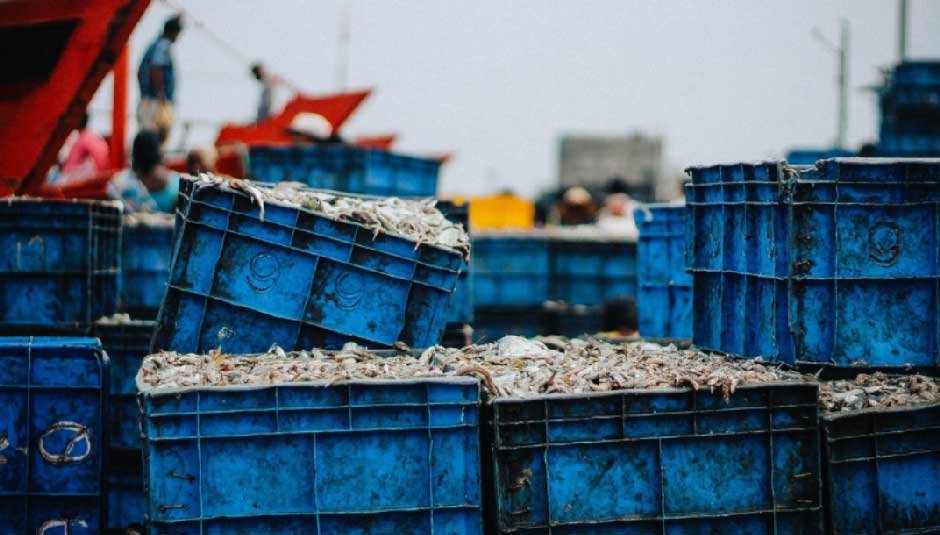Industrial waste originates from a variety of manufacturing processes and can take the form of sludges, product residues, kiln dusts, slags, and ashes. Metallurgical, nonmetallurgical, and food processing are the three major industrial categories that contribute to industrial waste. However, the nature of the industrial waste may differ in each particular industry depending on the types of raw materials, manufacturing techniques, and finished products.
Generally, however, it may be broadly categorized into three types: solids, liquids, and gases. These may be a mix of both inorganic and organic fractions, some are biodegradable and some not. Second, many industrial wastes may be recyclable, but their management and disposal need very much to be closely regulated. Companies involved in dealing with such wastes like skip hire Denton make sure that the wastes are sorted or recycled or sent for proper landfilling according to the set environmental laws.
Inefficient Manufacturing Process
Inefficient manufacturing processes generate huge amounts of waste. These include excessive use of materials, wastage of energy, and defective products that need to be discarded. For this reason, companies are in dire need to work on process optimization. This can be attained by applying lean manufacturing techniques that reduce waste, such as reduction in cycle times, improvement in production layouts, and application of just-in-time inventory systems. Regular auditing in manufacturing processes and adopting the process improvement methodology of Six Sigma will go a long way in reducing and attempting to eliminate any inefficiencies. Investment in leading-edge technologies, such as automated precision equipment and real-time monitoring systems, goes even further to ensure that production processes are as efficient as possible.
Overproduction
Overproduction is a case of producing more than demanded, where surpluses are then subsequently wasted. This often happens due to incorrect forecasts, poor inventory management, or lack of coordination between production and market demand. To balance the overproduction, companies should apply correct demand forecasting techniques; secondly, there should be good coordination between sales and marketing regarding the output of the production departments. Data analytics and predictive modeling could go a long way in aligning production schedules with actual demand. The adoption of flexible manufacturing systems that easily adapt to changing demand patterns also helps reduce overproduction risks.
Poor Waste Management Systems
Insufficient management systems are huge contributors to industrial waste. Lack of proper segregation of types of waste, absence of recycling facilities, and inefficient methods of disposal tend to increase the problem. Full implementation of integrated waste management is required. This will include proper segregation of wastes, investment in recycling and waste-to-energy technologies, and training personnel on methods of reducing waste. The development of partnerships with companies specializing in waste management will further enhance waste handling efficiency.
Use of Hazardous Materials
These may be hazardous materials used in processes that give rise to waste products generated from manufacturing that may be injurious to the environment and human health. This exposes the environment and health to risks but also adds more complexity and expense to the management of the waste. Their use should be minimized by the adoption of less-toxic replacements or green chemistry. It substitutes harmful chemicals with less harmful ones, optimizes the usage of chemicals, and takes strict safety measures to minimize the risks. Training in handling hazardous materials is regularly conducted for the employees, as well as how to comply with the regulations in maintaining the safety measures effectively.
Poor Product Design
Inefficient product design results in too much waste being generated during the product life cycle. It is those designs that require too much material, are complicated to recycle, or have a very short life that generate waste. In such a scenario, the root of the solution lies in enterprises following product design principles for sustainability. This means designing products for longevity, ease of disassembly, and recyclability. The conduct of LCAs during the design phase helps in ascertaining and minimizing the possible waste impacts during its life cycle.
Conclusion
The attempt to solve the key determinants of industrial waste requires a multidimensional approach that involves a variety of activities: optimizing manufacturing processes, overproduction avoidance, enhancement of waste management systems, hazardous material use reduction, and improvement in product design. The application of strategies for lean manufacturing, perfect demand forecasting, and the principle of sustainable design may be a huge game-changer in waste generated by industries.
